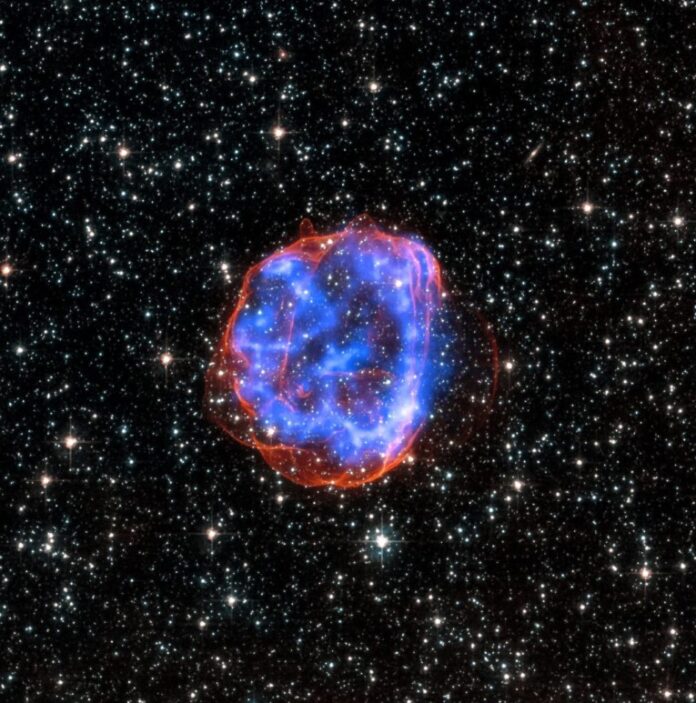YS: “We can see stars that are billions of light years away—that means their light has taken billions of years to reach us. So how come the Bible says the stars were only created 6000 years ago (Genesis 1:16)?“
Ed: The ‘distant starlight problem’ is perhaps the most popular objection to the Bible’s account of creation. Actually a number of solutions have been proposed. Here are some:
· Time is relative—we know that it passes at different rates to observers in different conditions, for example dependent on the strength of the gravitational field they’re in. What if, in the beginning when God was creating the universe and the laws of physics, He made billions of years of cosmic time to occur within the space of one day on earth?
· Time appears to pass more slowly the faster you’re moving. The speed of light is understood to be the fastest speed in the universe. Theoretically, time would stand still if you could travel at the speed of light. So a beam of light leaves a star, spends a million years travelling across space and arrives in a telescope on earth—if you were riding on that beam of light, you would think you’d arrived at your destination at the same time as you left the star. What if the Bible is using this time convention?
· It’s generally assumed that the speed of light is the same in all directions. This cannot actually be proved. There is a theoretical possibility that light actually travels instantaneously towards earth. This is consistent with observation and impossible to disprove. What if this is the case, and therefore starlight from all over the universe arrived on earth instantly on the fourth day of creation?
· What if God simply accelerated starlight during the creation week?
· The Bible starts, ‘In the beginning, God created the heavens and the earth’ (Genesis 1:1). Then it continues, ‘The earth was without form and void, and darkness was over the face of the deep’ (v. 2). What if verse 1 is a general statement that God created everything; then verse 2 commences the account of the creation (or re-creation) of the heavens and earth as we know them? In which case, the creation of the sun, moon and stars on the fourth day refers to their appearance to the observer, and the stars may indeed be billions of years old.
People with much larger brains than mine are occupying them with the ‘distant starlight problem’. For me, I’m content to know that it does not present an obstacle to acceptance of the Genesis record as God’s true account of the creation of the heavens and the earth.

